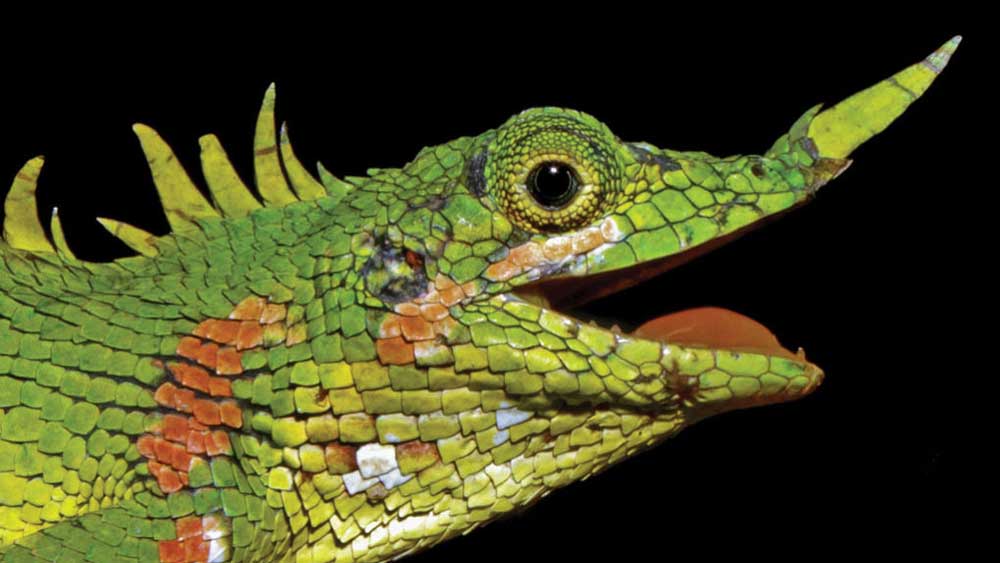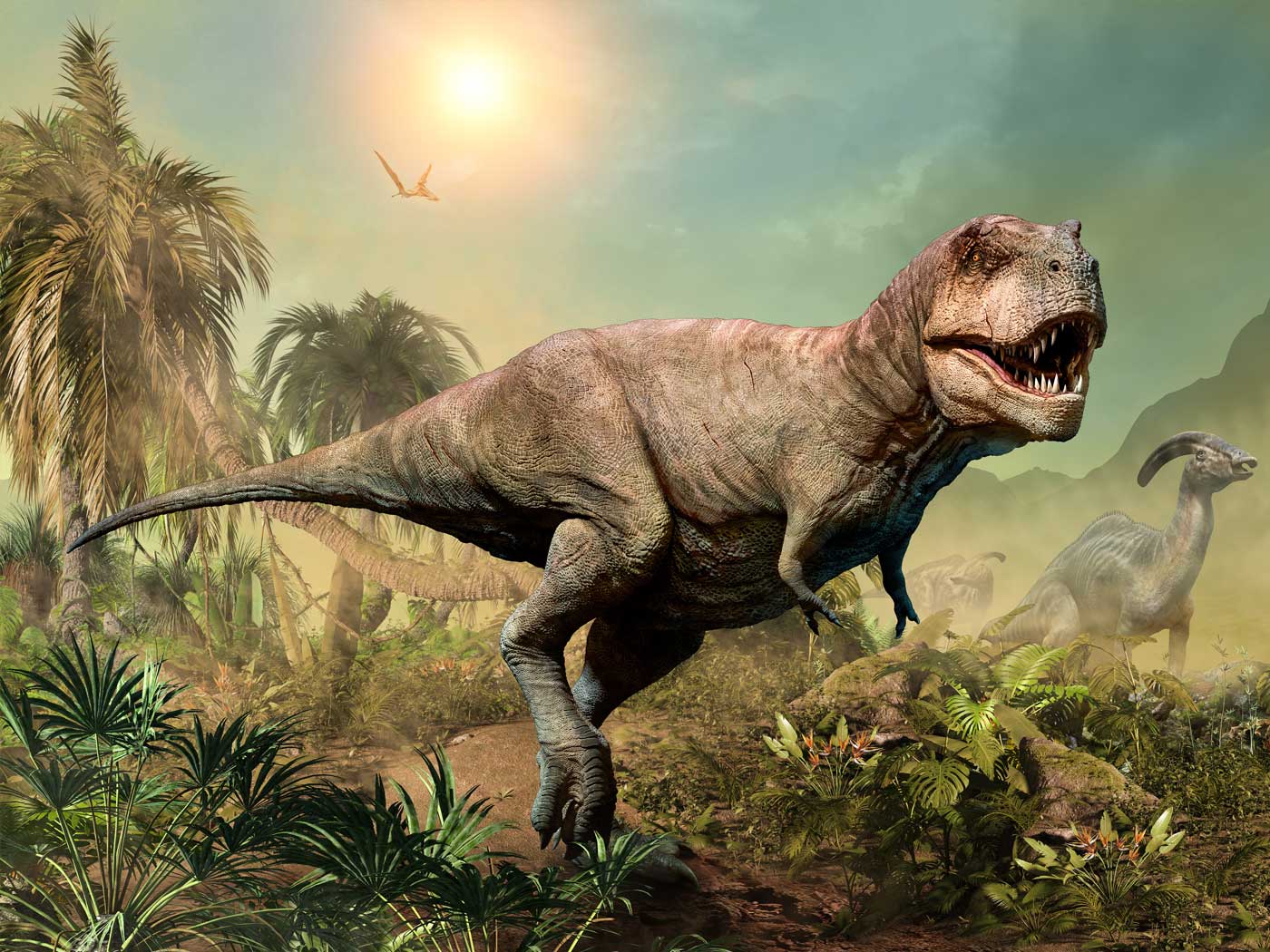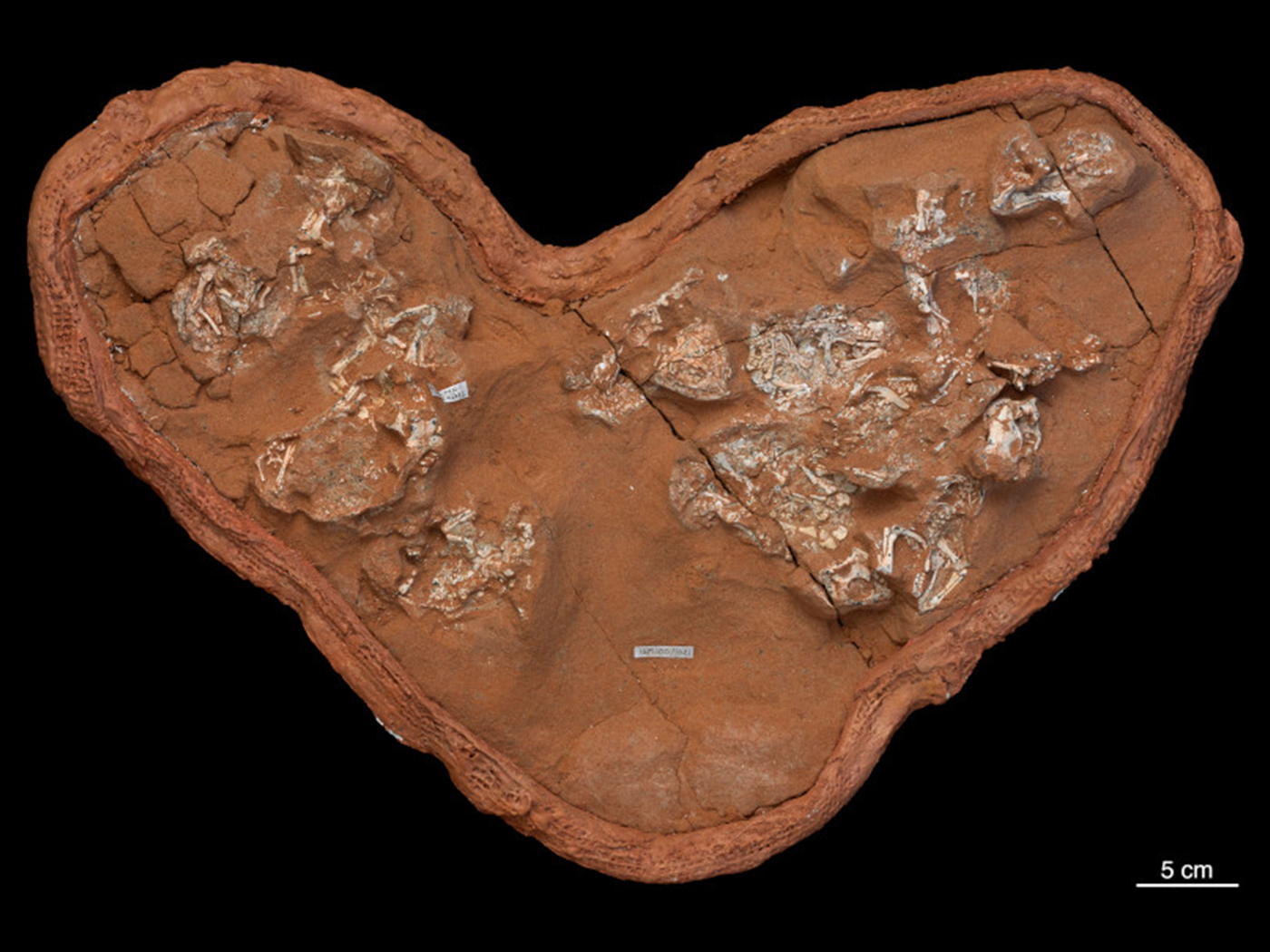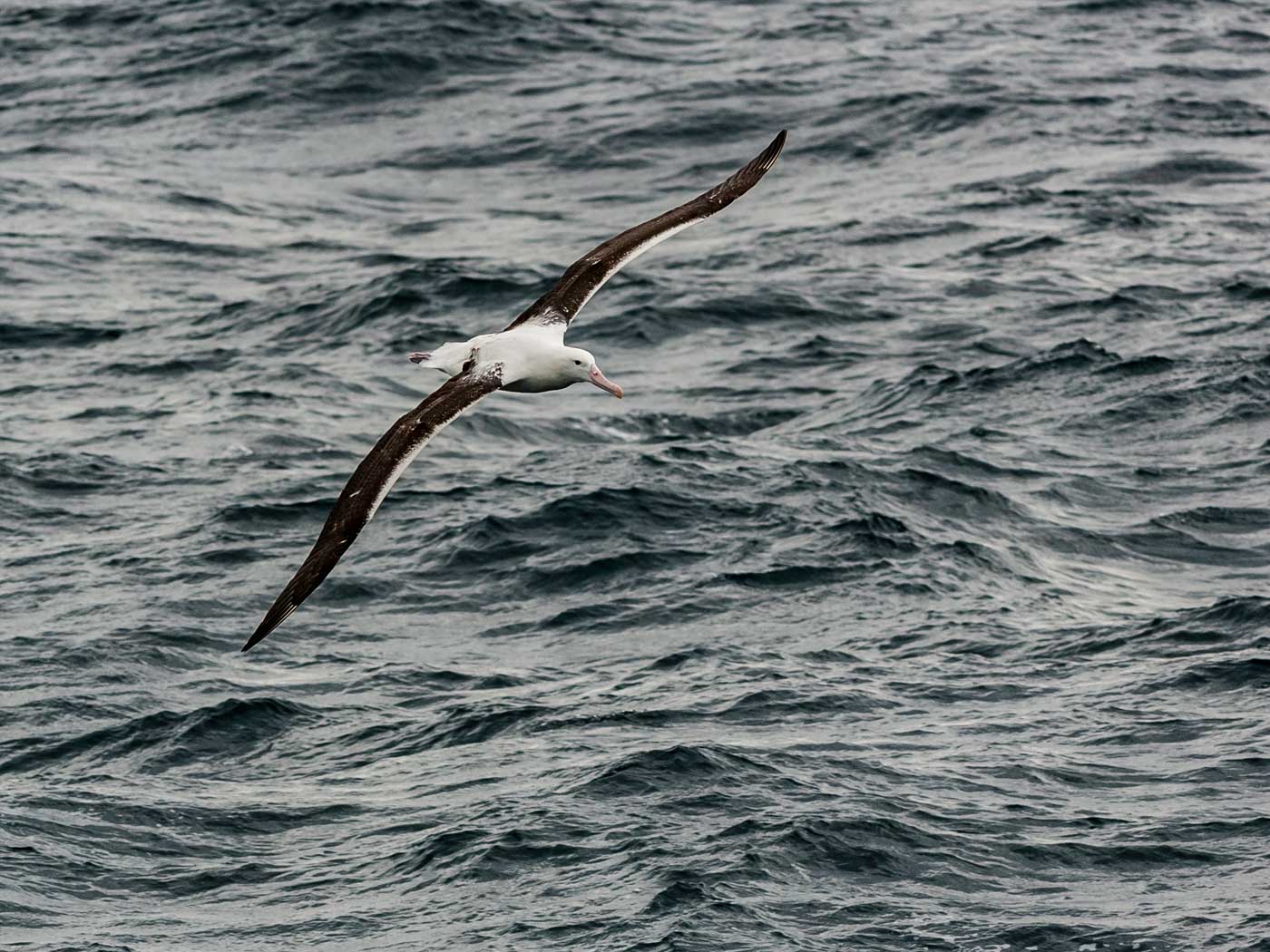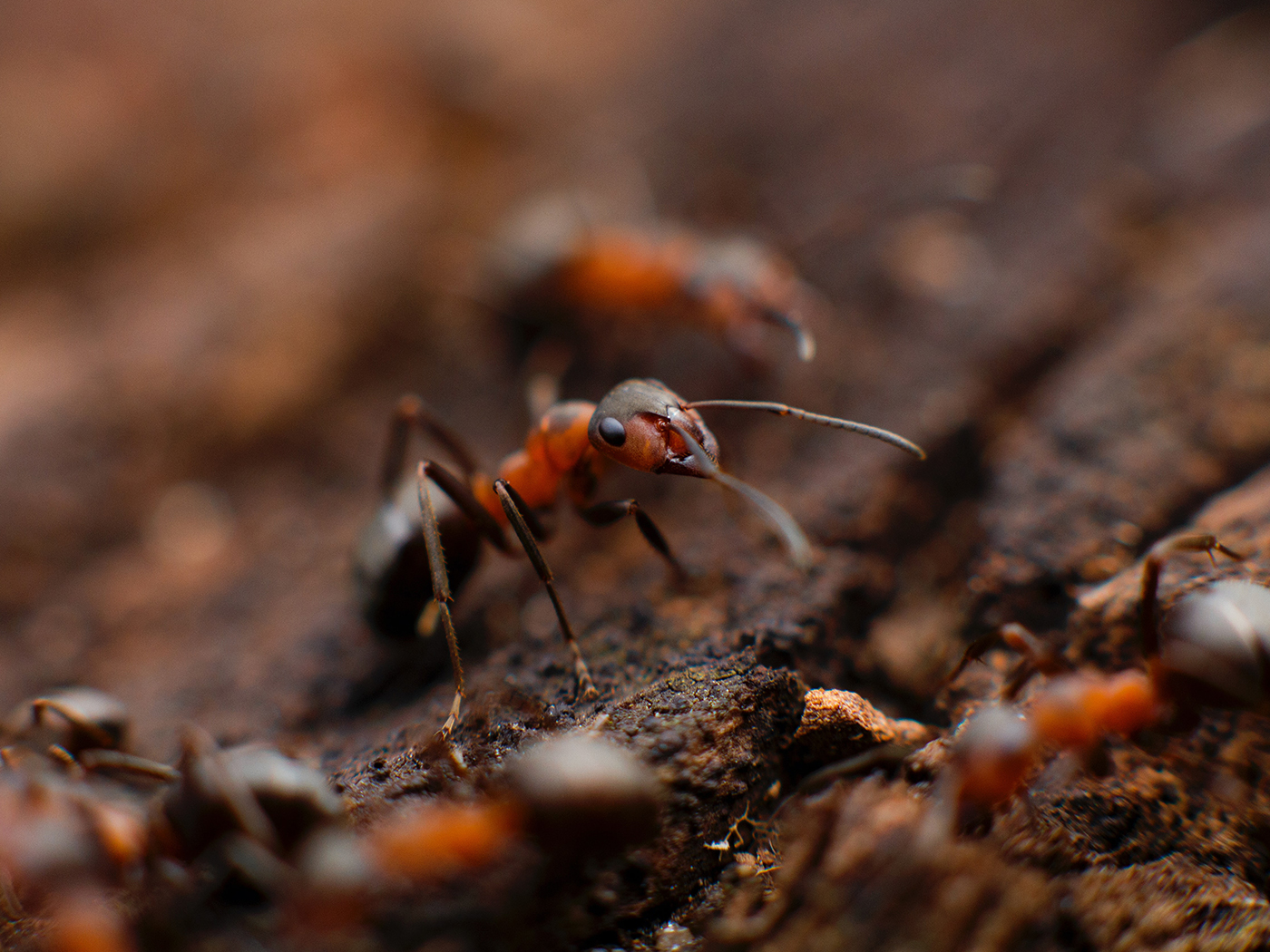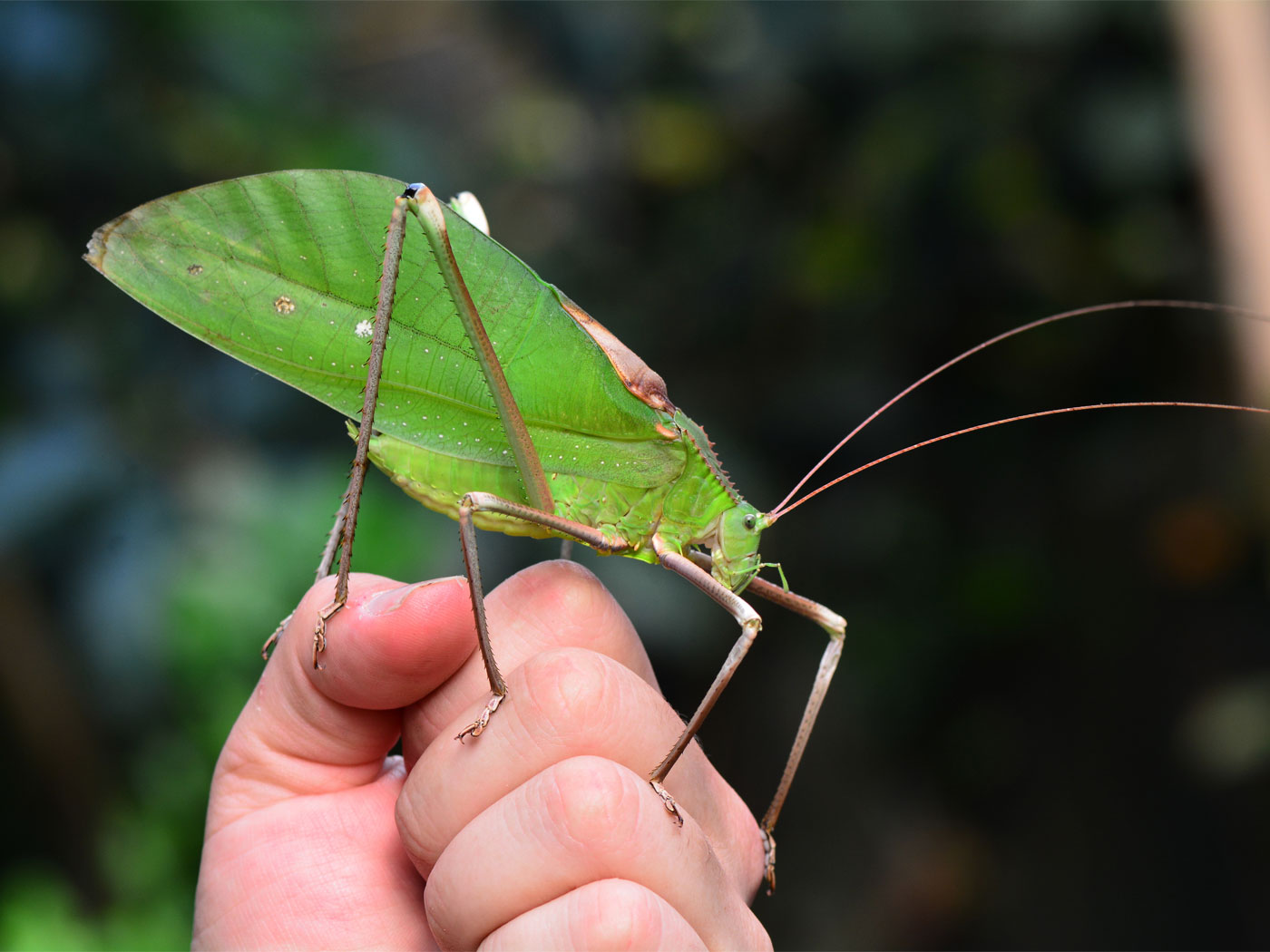Recently, this sneaky reptile was discovered lying dead near a volcanic caldera in part of North Sumatra (in Indonesia). This proves that the nose-horned striking lizard has been hiding, sheltering in its place, unseen (by people) for more than a century. Yet we now know that it never went extinct.1,2
This biodiversity bonanza (for herpetologists, at least) was recently reported in Science News by Dyna Rochmyaningsih and in Taprobanica (the Asian Journal of Biodiversity) by the research team of biologist Chairunas Adha Putra.
Nearly 130 years ago, Italian explorer Elio Modigliani arrived at a natural history museum in Genoa with a lizard he’d reportedly collected from the forests of Indonesia. Based on Modigliani’s specimen, the striking lizard—notable for a horn that protrudes from its nose—got its official taxonomic description and name, Harpesaurus modiglianii, in 1933. But no accounts of anyone finding another such lizard were ever recorded, until now.1
The breakthrough started with an accidental finding of a dead lizard during the summer of 2018.
In June 2018, Chairunas Adha Putra, an independent wildlife biologist conducting a bird survey in a mountainous region surrounding Lake Toba in Indonesia’s North Sumatra, called herpetologist Thasun Amarasinghe. Near the lake, which fills the caldera of a supervolcano, Putra had found “a dead lizard with interesting morphological features, but he wasn’t sure what it was,” says Amarasinghe, who later asked the biologist to send the specimen to Jakarta. It took only a look at the lizard’s nose-horn for Amarasinghe to suspect that he was holding Modigliani’s lizard. “It is the only nose-horned lizard species found in North Sumatra,” he says.1
During explorations of the forests in northern Sumatra in June 2018, we collected one naturally dead specimen and observed one live specimen of the genus Harpesaurus. We could clearly attribute both specimens to the species H. modiglianii. The two specimens (one naturally dead and one live) we found are the second known records for the species and our following observations are the first data on the biology of this species. Here we re-describe the species based on its holotype which is compared with the newly discovered specimen which was naturally dead and discoloured. The discovery of the third specimen (the live specimen which was not collected), allowed us to provide further notes on the live colouration and the first data on its in-situ behaviour and natural history.2
During explorations of the forests in northern Sumatra in June 2018, we collected one naturally dead specimen and observed one live specimen of the genus Harpesaurus. We could clearly attribute both specimens to the species H. modiglianii. The two specimens (one naturally dead and one live) we found are the second known records for the species and our following observations are the first data on the biology of this species. Here we re-describe the species based on its holotype which is compared with the newly discovered specimen which was naturally dead and discoloured. The discovery of the third specimen (the live specimen which was not collected), allowed us to provide further notes on the live colouration and the first data on its in-situ behaviour and natural history.2
If one nose-horned striking lizard was found dead on North Sumatra, perhaps others are still living. It was worth an investigation, since the chameleon-like lizard had not been observed for almost 130 years.
“But simply there was no report at all about this species” following Modigliani’s, says [Thasun] Amarasinghe, of the University of Indonesia in Depok. He asked [Chairunas Adha] Putra to get back to the caldera to see if there was a living population. After five days, Putra found what he was looking for one evening, “lying on a low branch, probably sleeping,” according to the biologist. He took pictures of the lizard and measured the size and shape of its body parts, such as the length of its nose-horn and head. He also observed its behavior before finally releasing it the same night.1
Indonesia’s Batak natives featured the lizard in their artwork and folktales, reminiscent of how both artwork and folklore recall “dragons” (dinosaurs) in Europe and other parts of the world.3 So, “gone, but not forgotten” is now corrected to “never really gone in the first place.”
This is not the first time that something surprising like this has happened. As the Chesapeake Bay’s population of Atlantic sturgeon recently illustrated, and as the infamous snail darter fish dramatically illustrated before that: “Unseen” does not necessarily mean extinct or extirpated.4,5
Sometimes someone is intentionally hidden to evade detection from a known threat. To use a biblical example, it’s like when Jehosheba snatched up and hid the royal infant Joash while wicked Queen Athaliah was murderously purging the palace of competitors after she usurped reign over the kingdom of Judah.6
However, when it comes to explaining the concealment of lizards from humans (and others), the real reason is usually much less sensational—these lizards prudently use their chameleon-like camouflage powers to stay hidden.1 The Modigliani’s nose-horned lizard can appear bright green, highlighted with yellow, or it can shift into a dull orangish-brown when it feels threatened.1
Although this lizard’s self-defense strategy is not very dramatic, it works!7
In fact, it displays God’s caring providence. God deserves due credit for every one of His creatures that uses camouflage. It was God Who both designed and built them, including the reclusive dragon-looking lizard who quietly lives a low-profile lifestyle in remote parts of Indonesia.8
Stage image: Modigliani’s lizard.
Stage image credit: C. A. Putra. Copyright © 2020. Adapted for use in accordance with federal copyright (fair use doctrine) law. Usage by ICR does not imply endorsement of copyright holders.
References
1. Rochmyaningsih, D. 2020. A Nose-Horned Dragon Lizard Lost to Science for Over 100 Years has been Found. Science News. Posted on sciencenews.org June 9, 2020, accessed July 28, 2020.
2. Putra, C. A., et al. 2020. Rediscovery of Modigliani’s Nose-Horned Lizard, Harpesaurus modliglianii Vinciguerra 1933 (Reptilia: Agamidae) After 129 Years Without Any Observation. Taprobanica: The Journal of Asian Biodiversity. 9 (1): 3-11.
3. Cooper, W. R. 1995. After the Flood: The Early Post-Flood History of Europe Traced Back to Noah. Surrey, UK: New Wine Press, 130-161.
4. Johnson, J. J. S. 2015. Anadromous Fish ‘that Swam with Dinosaurs’ Neither Extinct nor Extirpated. Creation Research Society Quarterly. 51 (3): 207-208.
5. The Snail Darter-versus-Tellico Dam controversy—with $100,000,000 in government funding at stake—was decided by the U.S. Supreme Court in Tennessee Valley Authority v. Hill, 437 U.S. 153 (1978). “The snail darter (Percina tanasi) is a tiny perch-like fish that was declared “endangered” in 1975, later to be down-listed to “threatened” status in 1984. Meanwhile, major litigation2 filed under the Endangered Species Act of 1973 banned the already-ongoing $100 million project because its completion might interfere with the “critical habitat” of the snail darter. In other words, that case involved a peanut-sized fish stopping a Congress-funded project, only to later learn that a thriving population of snail darters were busily being fruitful and multiplying in streams not that far away from the project site.” (Johnson, J. J. S. 2020. Should We Grouse about Not Seeing Grouse? Creation Science Update. Posted on ICR.org July 7, 2020, accessed July 28, 2020.) Regarding the need for balance in decision-making, as well as clarity in communication, when solving “endangered species” problems, see Morris, J. D. 1999. What Can be Done to Help Endangered Species? Acts & Facts. 28 (5).
6. 2 Kings 11, especially 11:2-3.
7. Proverbs 27:12.
8. God’s providence is the only realistic explanation for how camouflage works as it does, both genotypically and phenotypically. See Sherwin, F. J. 2016. Smart and Stealthy Cuttlefish. Creation Science Update. Posted on ICR.org January 11, 2016, accessed July 28, 2020. See also Sherwin, F. J. 2010. Tapir Testimony to Creation. Acts & Facts. 39 (1): 15.
*Dr. Johnson is Associate Professor of Apologetics and Chief Academic Officer at the Institute for Creation Research.




